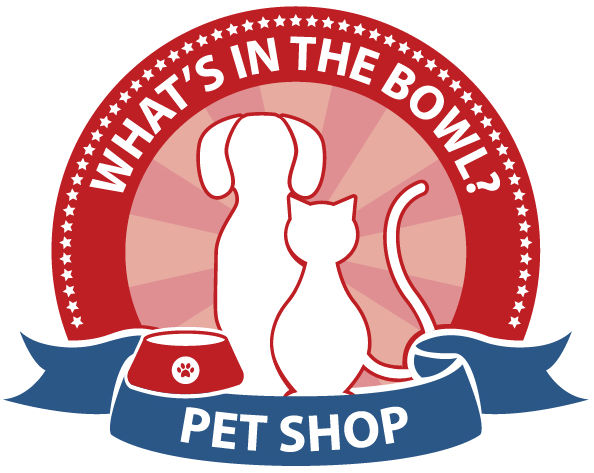The monotony of the same old, same old routine kibble doesn’t provide enough of a variety to meet dogs’ nutritional needs. Rotational feeding involves varying the menu on a periodic basis so dogs can broaden their palates and experience a wider range of nutrients and ingredients.
Imagine eating the same meal, day in, day out. Even if it was your favorite food (let’s say pizza), the shine would eventually wear off. At first, you’d be excited: “Pizza for breakfast! Woo hoo!” But give it a week or two. The novelty would wear off and you’d never want to touch a piece of it for a long time. And that’s one of the reasons why pet owners incorporate rotation feeding as part of their dog’s diet.
Most people opt for a conventional feeding plan for their dog. Rotation feeding involves varying a dog’s menu on a daily, weekly, or other routine basis. Every dog is different, which means their dietary needs are different. Each brand of kibble feature a variety of ingredients and dogs may be nutrient-deficient if they are eating the food day after day. Though many pet foods are “complete and balanced”, it’s more beneficial to switch it up and offer a diet that that will meet the dog’s nutritional needs.
For some dogs, changing a dog’s diet can lead to an upset stomach, but when dog parents properly introduce a feeding schedule, there will be little to no tummy troubles. A smooth transition between foods is the best way to approach rotational feeding: slowly increase the amount of new food while decreasing the old over the course of a week.
Not only will dogs reap the benefits of a constant rotation of nutritionally-packed foods, this will create excitement at mealtime. Some dogs (and cats!) become uninterested in their food once they are accustomed to it, just like we would if we kept on having to eat pizza. Even a topper rotation with a new, exciting flavor at each feeding will make pets feel like they have a new tasty adventure waiting in their bowl.

